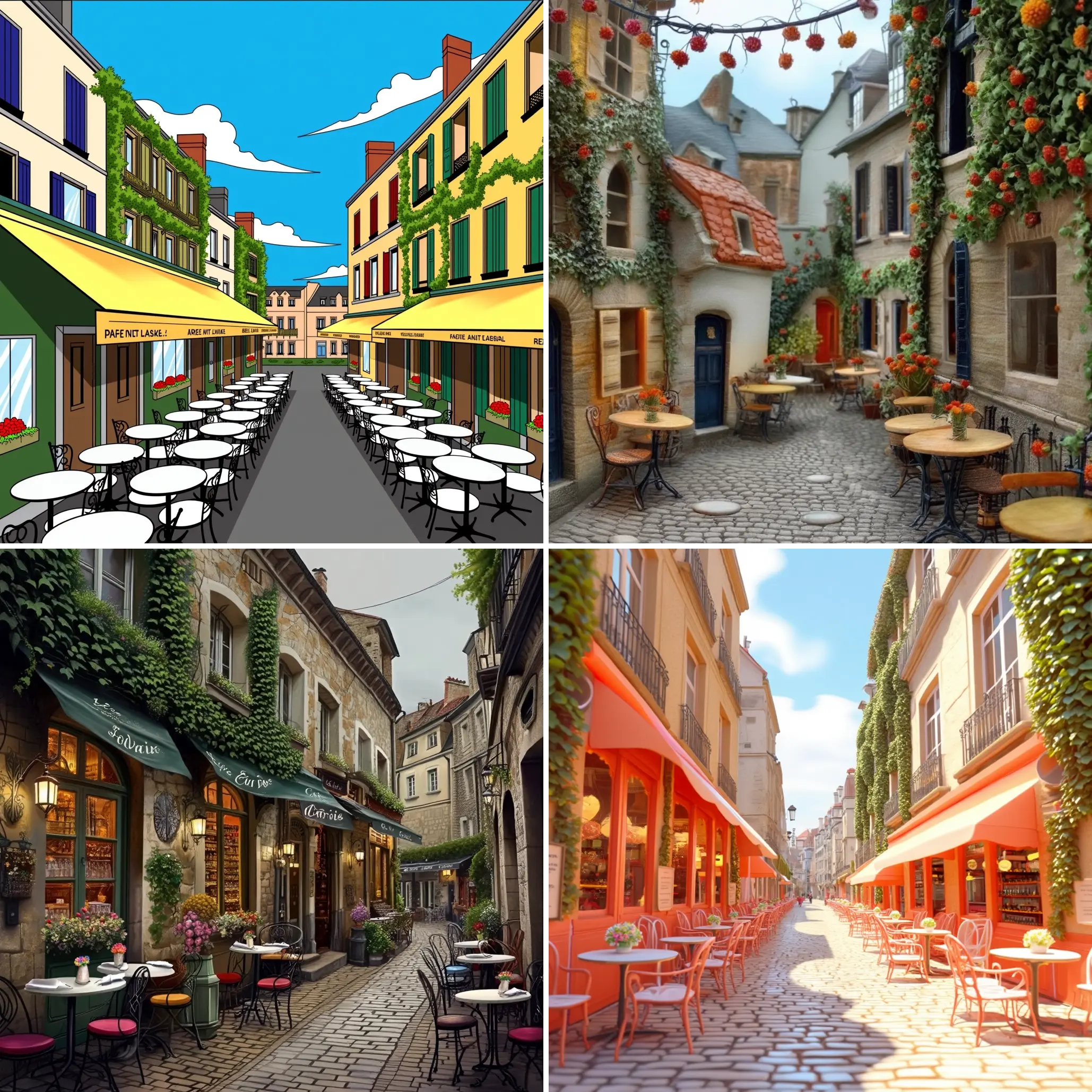ComfyUI Node: AD Advanced Padding
AD_advanced-padding
Category🌻 Addoor/image
ADDOOR (Account age: 2911days) Extension
ComfyUI-Addoor Latest Updated
2025-01-24 Github Stars
0.04K
How to Install ComfyUI-Addoor
Install this extension via the ComfyUI Manager by searching for ComfyUI-Addoor- 1. Click the Manager button in the main menu
- 2. Select Custom Nodes Manager button
- 3. Enter ComfyUI-Addoor in the search bar
Visit ComfyUI Online for ready-to-use ComfyUI environment
- Free trial available
- 16GB VRAM to 80GB VRAM GPU machines
- 400+ preloaded models/nodes
- Freedom to upload custom models/nodes
- 200+ ready-to-run workflows
- 100% private workspace with up to 200GB storage
- Dedicated Support
AD Advanced Padding Description
Enhance image padding with borders of specified thickness and color for precise image control and consistency in appearance.
AD Advanced Padding:
The AD_advanced-padding node is designed to provide advanced padding capabilities for images, allowing you to add borders of specified thickness and color around an image. This node is particularly useful for tasks that require precise control over the image dimensions and appearance, such as preparing images for further processing or creating uniform image sets. It supports both solid color and transparent padding, making it versatile for various artistic and technical applications. By leveraging this node, you can ensure that your images are consistently formatted, which is crucial for maintaining visual coherence in projects that involve multiple images.
AD Advanced Padding Input Parameters:
image
The image parameter is the primary input for the node, representing the image to which padding will be added. It is essential for the node's operation as it determines the base content that will be modified by the padding process.
left
The left parameter specifies the thickness of the padding to be added to the left side of the image. It accepts integer values ranging from 0 to 4096, with a default value of 0. Increasing this value will expand the image's width by adding space on the left.
top
The top parameter defines the thickness of the padding to be added to the top of the image. It accepts integer values ranging from 0 to 4096, with a default value of 0. Adjusting this value will increase the image's height by adding space at the top.
right
The right parameter indicates the thickness of the padding to be added to the right side of the image. It accepts integer values ranging from 0 to 4096, with a default value of 0. Modifying this value will expand the image's width by adding space on the right.
bottom
The bottom parameter determines the thickness of the padding to be added to the bottom of the image. It accepts integer values ranging from 0 to 4096, with a default value of 0. Changing this value will increase the image's height by adding space at the bottom.
color
The color parameter specifies the color of the padding to be added. It accepts a string representing a hexadecimal color code, with a default value of #ffffff (white). This parameter allows you to customize the appearance of the padding to match your project's aesthetic requirements.
transparent
The transparent parameter is a boolean that determines whether the padding should be transparent. It defaults to False, meaning the padding will be solid by default. Setting this parameter to True will create a transparent padding, which can be useful for overlaying images or creating composite visuals.
AD Advanced Padding Output Parameters:
IMAGE
The IMAGE output parameter provides the resulting image after the padding has been applied. This output is crucial as it represents the final product of the node's operation, ready for further use or processing in your project.
MASK
The MASK output parameter generates a mask that corresponds to the padded areas of the image. This mask is useful for identifying and manipulating the padded regions separately from the original image content, allowing for more advanced image editing techniques.
AD Advanced Padding Usage Tips:
- To maintain the original aspect ratio of your image while adding padding, ensure that the sum of the left and right padding values is equal to the sum of the top and bottom padding values.
- Use the
transparentparameter to create overlays or composite images, which can be particularly useful in graphic design or when layering multiple images.
AD Advanced Padding Common Errors and Solutions:
Image size mismatch
- Explanation: This error occurs when the dimensions of the input image do not match the expected size after padding.
- Solution: Double-check the padding values and ensure they are correctly set to achieve the desired final image dimensions.
Invalid color code
- Explanation: This error arises when the
colorparameter is set to an invalid hexadecimal color code. - Solution: Verify that the color code is in the correct format (e.g.,
#RRGGBB) and correct any typos or errors in the code.
Unsupported image format
- Explanation: This error happens when the input image is in a format that is not supported by the node.
- Solution: Convert the image to a supported format, such as JPEG or PNG, before using the node.
AD Advanced Padding Related Nodes
RunComfy is the premier ComfyUI platform, offering ComfyUI online environment and services, along with ComfyUI workflows featuring stunning visuals. RunComfy also provides AI Playground, enabling artists to harness the latest AI tools to create incredible art.

